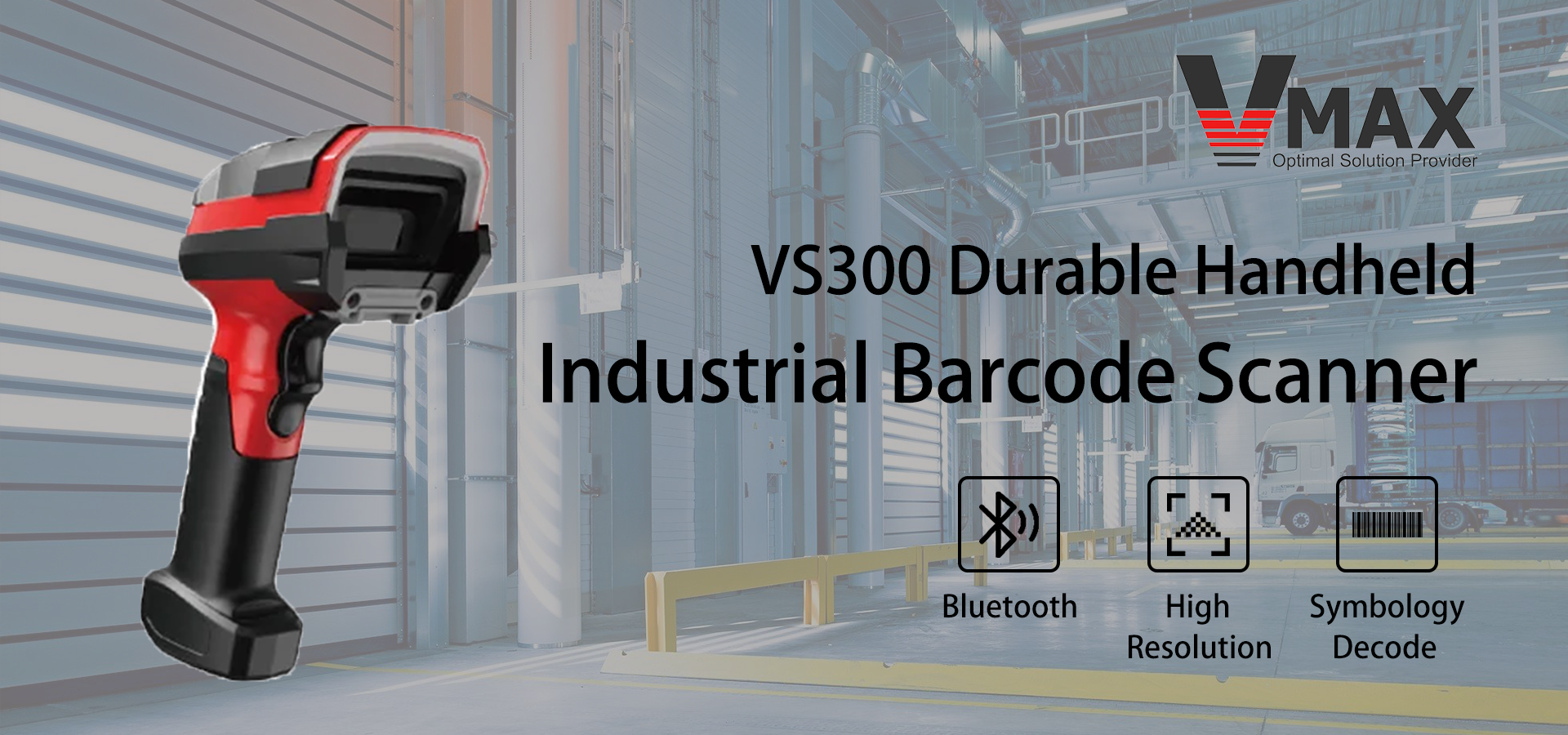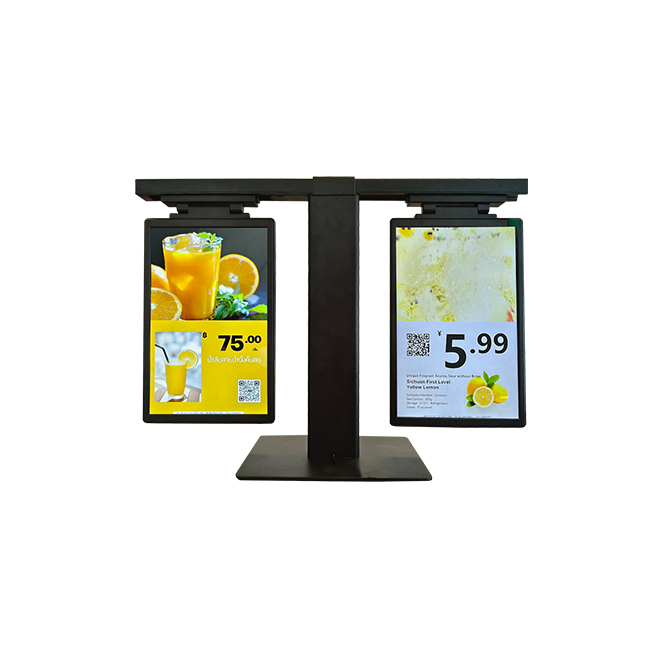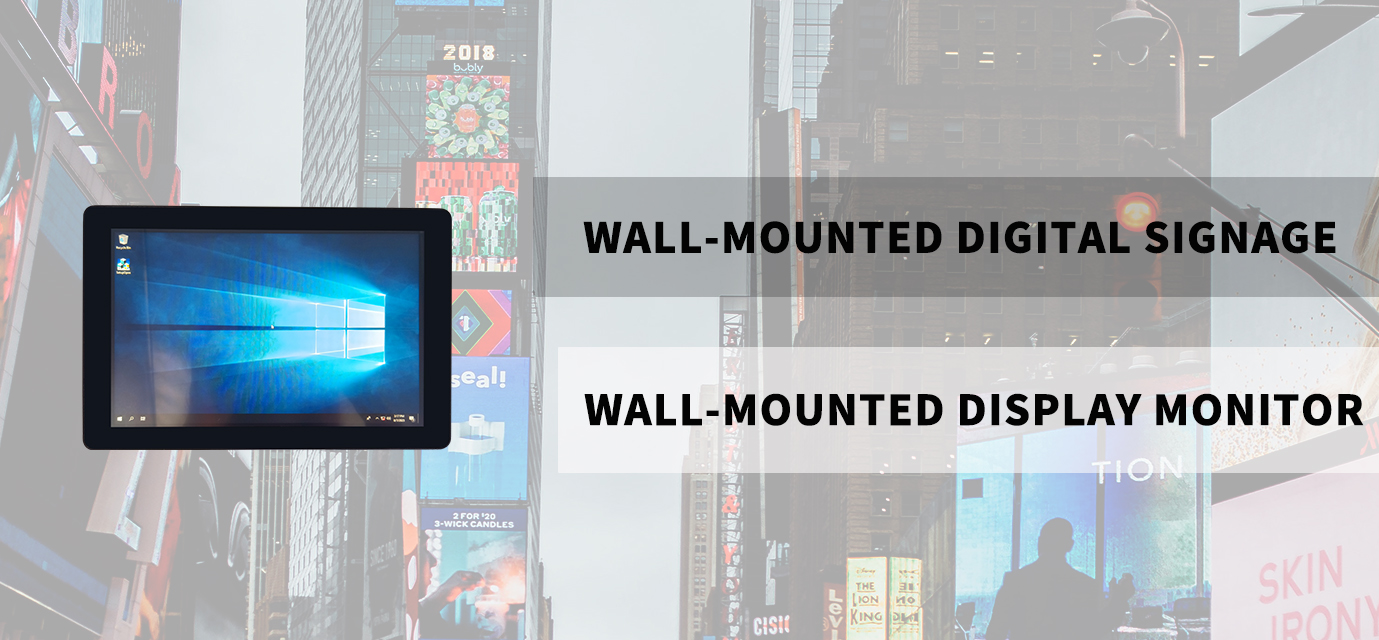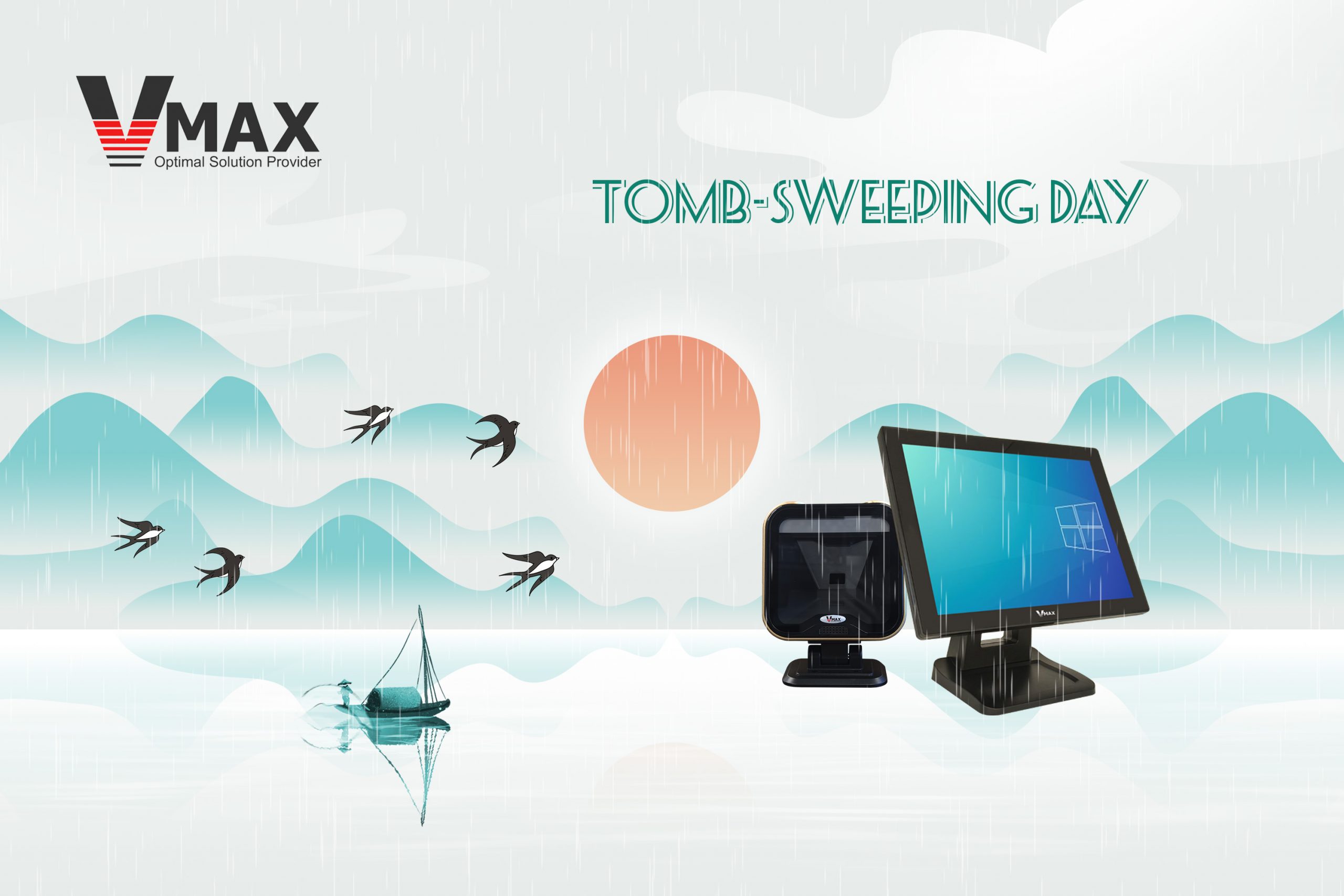Since the operational environment of the monitor business varies, learning about the installation methods for POS system monitors is important. In broad terms, display screen methods of installation comprise wall-mounted, embedded installation, hanging installation, tablet-based or desktop, kiosk, etc.
Owing to the uniqueness of the product, the monitor’s screen frequently conveys the quality of the product and affects the efficiency when the display is utilized. As a consequence, the installation and commissioning of the display is a critical technological advance task for point-of-sale business. In the following paragraphs, we’ve placed various typical monitor installation techniques for you know more.
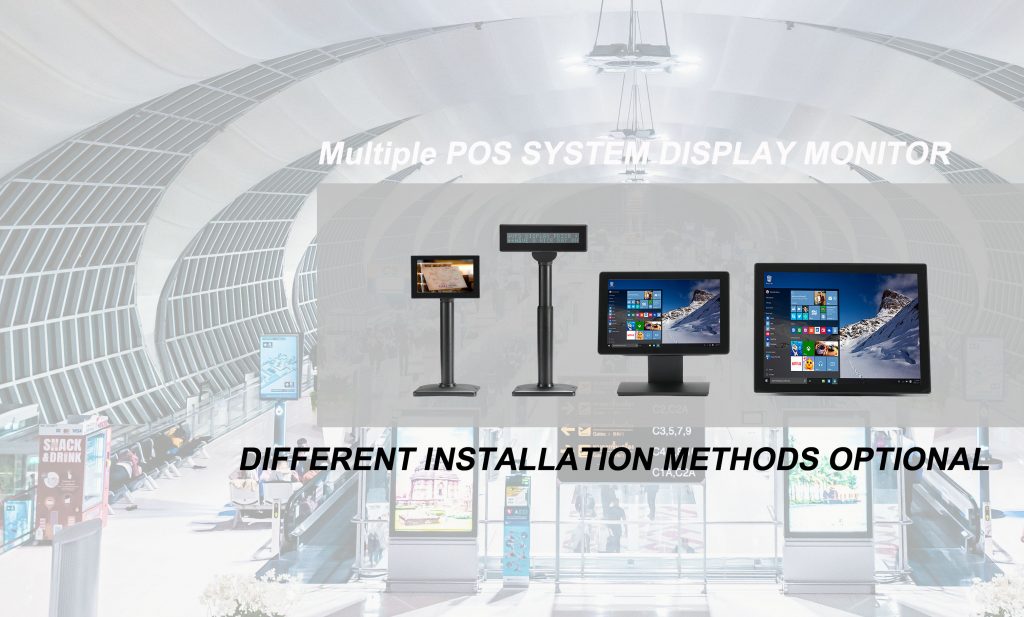
Depending on the type of hardware and software you have, there are different ways to install a POS system monitor.
A wall-mounted installation is an approach to mounting your POS system monitor on a wall with the assistance of a special device referred to as a wall mount. A wall mount is a metal or plastic frame that mounts to the wall and secures the monitor. A POS system monitor that is wall-mounted may conserve space, enhance visibility, and increase security.
Embedded installation is a method of integrating your POS system monitor into a machine or device running the POS software. Embedded installation may minimize the total quantity of connections, devices, and space required to operate your POS system while additionally enhancing system performance, security, and reliability.
A ceiling mount can be utilized to suspend your POS system monitor from the ceiling during hanging installation. A ceiling mount is a metal or plastic frame that mounts to the ceiling and secures the monitor. A hanging installation may create a modern and elegant look while also providing your clients and staff with a clear and pleasant perspective.
Traditional POS system monitor: An entirely devoted server, a touchscreen monitor, and other peripherals are employed in this more intricate and costly method of installing a POS system monitor. Install the POS software on the terminal, then interact it with the display monitor and other devices such as a barcode scanner, scale, keyboard, or mouse. You need to configure your network environments, inventory, account settings, and payment options. This method works well for large companies, restaurants, or retail stores that need a trustworthy and safe POS system monitor.
Tablet-based POS system monitor: Setting up a POS system monitor via a tablet device, such as an iPad or an Android tablet, is a straightforward and practical option. Simply download the POS app to your tablet, link it to the internet, and enter the necessary account information. Then, you are able to connect a card reader to the tablet machine, as well as an additional receipt printer, cash drawer, or tablet stand. You can also connect your tablet to other devices through a wireless or Bluetooth connection. The technique makes sense for small businesses, pop-ups, and mobile vendors who demand a portable and versatile POS system monitor
Kiosk POS system monitor: A self-service kiosk, a touchscreen monitor, and a payment terminal are combined to create a novel and interactive POS system monitor. Set up the POS software in your kiosk before connecting it to your monitor and payment terminal. You also need to personalize your user interface, menu, pricing, and promotions. This approach is perfect for businesses that desire to offer consumers a quick and simple POS system monitor, such as fast food chains, movie theaters, or hotels.
There are multiple options for installing a POS system monitor, depending on the type and size of the monitor, the user’s space and preferences, and the system’s performance and functionality. You can choose the best ideal display monitor and installation methods for your business needs as for preference.

